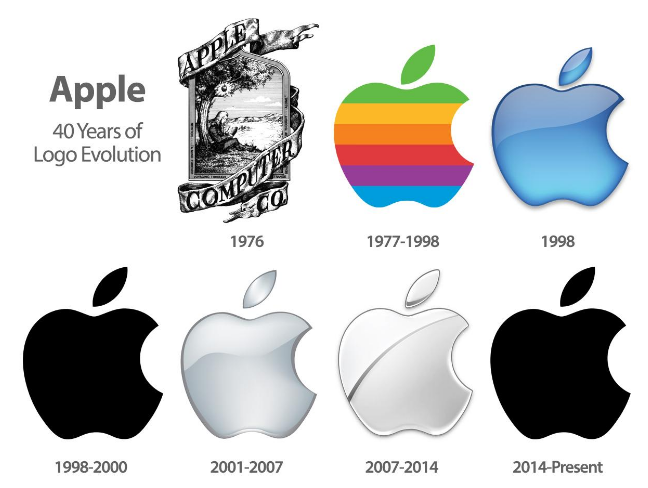Response: Metaphors We Live
- Lakoff + Johnson give several examples throughout the text of linguistic metaphorical systems. Are there any you found odd, outdated, or different from metaphorical systems that you use, either personally or in your language, culture, or social sphere? For instance, do you speak about conversation as battle, or use orientational metaphors the same way the authors describe?
I totally agree with Lakoff and Johnson about “argument is a war”. The metaphor of “argument is a war” influences how we conceive, understand and act on arguments because it is embedded in our culture and is part of our conceptual system, which has a strong cultural foundation. Metaphors construct concepts in our daily lives, and this construction is reflected in our ordinary literal language. When you use these metaphorical expressions, such as “we have to gamble” or “we have to make theoretical constructions,” people do not think you are using metaphors, but rather saying something ordinary and appropriate to the context. But the way you talk about, think about, and even experience these life situations is indeed constructed by metaphor.
- Can you identify a metaphorical system that you commonly use? What do you think is the motivating rationale (“experiential basis”) behind that system – or is there one? Have you ever intentionally (or unintentionally) changed the metaphorical system that you use to speak about a certain subject, to reflect a different experience or worldview?
I couldn’t come up with my commonly use the metaphorical system but it reminds me of the differences between the Chinese metaphorical system and the US system. For example, “Dog” is considered a pet in the western countries, with a positive meaning, while in China it is considered derogatory, such as “walk dog”, he is a mad dog “biting everywhere”, etc.; and then, The different concepts of “dragon” in Chinese and English have given rise to the term “Four Little Tigers/Four Litter Dragons(in Chinese)”, which is used to describe four economically developed countries or regions in Asia to show that their economic power is booming. If translated directly as “four little dragons”, it would be an unlucky omen. “Dragon” in the Western conceptual system is a monster that hurts people, while “tiger” is a symbol of good luck and power. Therefore, I believe that metaphorical systems differ greatly in the conceptual systems of different cultural groups.
- What metaphors/systems of metaphor are commonly used when discussing your topic? If “the essence of a metaphor is understanding and experiencing one kind of thing in terms of another” (5), what other kinds of metaphors might be useful for discussing your topic, or an aspect of your topic?
As for satellites, there are also other metaphors like 1. company, people may use satellites to describe the company of their lovers/families. 2.Satellites countries/states/cities, which is a country that is formally independent in the world, but under heavy political, economic, and military influence or control from another country.






